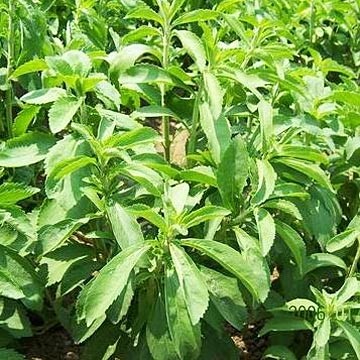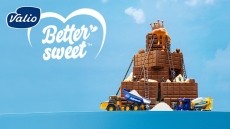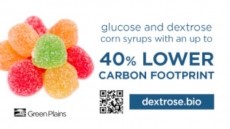PureCircle establishing stevia’s sustainability early on
Reb-A has atracted huge interest in the last 18 months as a natural zero calorie sweetener. Although European approval is yet to be achieved, Reb-A with 95 per cent or more purity steviol glycosides can now be used in food and beverage products in the key markets of the US, Australia and New Zealand.
“It is important to start from the very beginning that the supply chain story is nothing to be concerned about,” Dorn Wenninger, corporate VP of supply chain at PureCircle, told FoodNavigator.com.
Stevia is not a large scale commodity crop like corn and sugar. Rather, the average size of a stevia plantation today is less than one hectare – and Pure Circle currently has 15,000 hectares contracted in Kenya Paraguay, Columbia, Indonesia, Vietnam, Thailand and China.
“Stevia is a cash crop in rural environments, in today’s commodity market that is very favourable,” Wenninger said. The company is able to give a firm price to farmers a minimum of one year in advance, an assurance that enables them to make decisions on what to grow.
He declined to give precise figures, saying it is market driven, depends on the country, and is hard to generalise. But he said that the assured income helps discourage rural migration to the cities in search of better job prospects.
“Stevia is being met enthusiastically, there is no shortage of growers looking to grow it."
Coordination
The model for coordinating so many small farmers is unique in every country. In some places PureCircle works with well-established cooperatives whose members grow a variety of crops, including stevia; in others, it works with community committees; and in others, such as China, government offices have been set up especially for stevia.
The company also runs model farms to which it invites farmers, cooperatives and governments for demonstrations on good agricultural practices and increasing yields. In each country there are between three and five experts, who have PhDs or masters degrees in agronomy and carry out visits to individual farms, as well as local support workers who can number in the hundreds.
One of the challenges of working with such a huge number of farmers is quality control. However PureCircle is a vertically integrated company, which enables checks throughout the whole process – from propagation of plant material, through to farming, extraction of steviol glycosides, and purification.
“We do every one ourselves, and people on the ground can check every stage of production.”
Extraction locations
Over the last 30 years the main market for stevia has been in Japan and Korea. This means that, historically, a large part of the world’s stevia crop is grown in Asia, and it makes sense to carry out the extraction close to the growing area. PureCircle’s main extraction plant is in JiangXi, China, which has a capacity of 45,000 tonnes of leaf.
While for now PureCircle has to transport stevia grown in the Americas and Africa to Asia for extraction, local extraction capability is in the pipeline as it expects to break ground on two new facilities in Kenya and Paraguay in the next six to 12 months.
NGO cooperation
Wenninger is on the international board directors of an NGO called Amigos de las Americas, which carries out public health projects in Central and Southern Americas.
One of Amigos’ development projects is San Pedro in Paraguay, one of the largest Stevia growing areas. PureCircle has recently made a $25,000 donation to allow volunteers to take part in community projects here – such as the building of new stoves.
Traditionally the people use wood burning stoves to cook food, but their inefficiency means they contribute to unnecessary deforestation. The new stoves still burn wood, as the intention is not to interfere in traditions, but they do so more efficiently.
In time, PureCircle expects to offer the opportunity for its own employees to volunteer in the projects. Wenninger said the company will also “definitely look at other NGOs in other countries”.

















